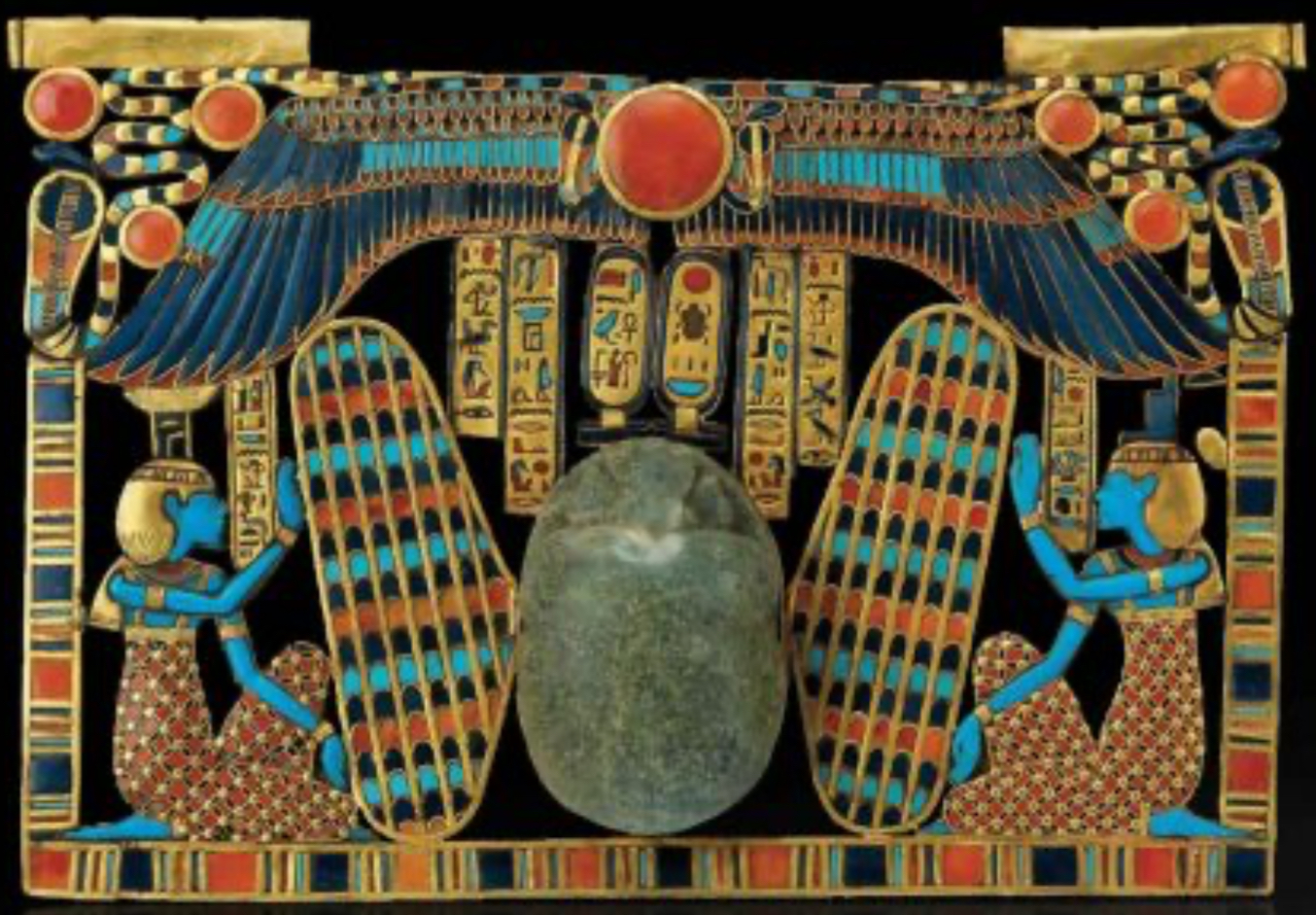There is a lot of lore surrounding gemstones and their magical and symbolic properties, believed by ancient civilizations to offer protection from misfortune, illness, and sorrow. Throughout history, superstitions surrounding gems have proliferated, sometimes contradicting one another. Opal, for instance, was both feared for its association with bad luck and revered as a symbol of hope. In medieval Europe and even more recently in India, powdered gems were sold by pharmacists as medicinal remedies, often believed to possess potent curative powers. Red gems were thought to halt bleeding, while green ones were believed to soothe the eyes due to the calming nature of the color green, and yellow stones were believed to cure jaundice. The number twelve holds significance in gem lore, representing the twelve tribes of Israel or the twelve apostles in Christian tradition. Gems also play prominent roles in myths and legends, such as the story of amethyst’s creation involving Bacchus and the maiden amethyst. Additionally, gems have long standing associations with the zodiac signs and celestial bodies, with each sign often associated with a specific gemstone.
Throughout history, humans have been fascinated with gemstones steeped in lore regarding their magical and symbolic attributes. These beliefs, spanning ancient to contemporary times, suggest that gemstones possess the ability to ward off misfortune, illness, and grief. Over the ages, many superstitions concerning gems have emerged, sometimes conflicting with one another. Opal, for instance, was both feared for its association with bad luck and revered as a symbol of hope. Furthermore, gemstones have been integrated into medicinal practices across various cultures and historical epochs, each ascribing distinct healing properties to different stones. For instance, in medieval Europe, red gems were believed to staunch bleeding, green stones were thought to soothe the eyes because of the color’s calming effect, and yellow gemstones were purported to cure jaundice.
Gem lore holds significant importance in both ancient and modern societies. For instance, in biblical accounts, twelve gems representing the twelve tribes of Israel adorned the breastplate of Aaron, the inaugural high priest of the Israelites. Similarly, within Christian traditions, symbolic gems represented the twelve apostles. Additionally, gems have enduring associations with the zodiac signs and celestial bodies. Aries, for example, is linked with bloodstone, while Taurus is associated with sapphire. Throughout history, gems have also inspired numerous myths, such as the tale of Dionysus and the mythical origin of the amethyst gemstone. In ancient Greek and Roman practices, amethyst was even worn or placed in goblets to prevent intoxication.
*Image is an Ancient Egyptian protective amulet.
https://faculty.washington.edu/sandeep/old/teaching/conmkt/consmk~1.htm
https://egypt7000.com/ancient-egyptian-jewelry-history-spiritual-significance

Leave a Reply